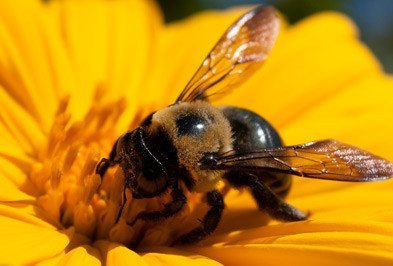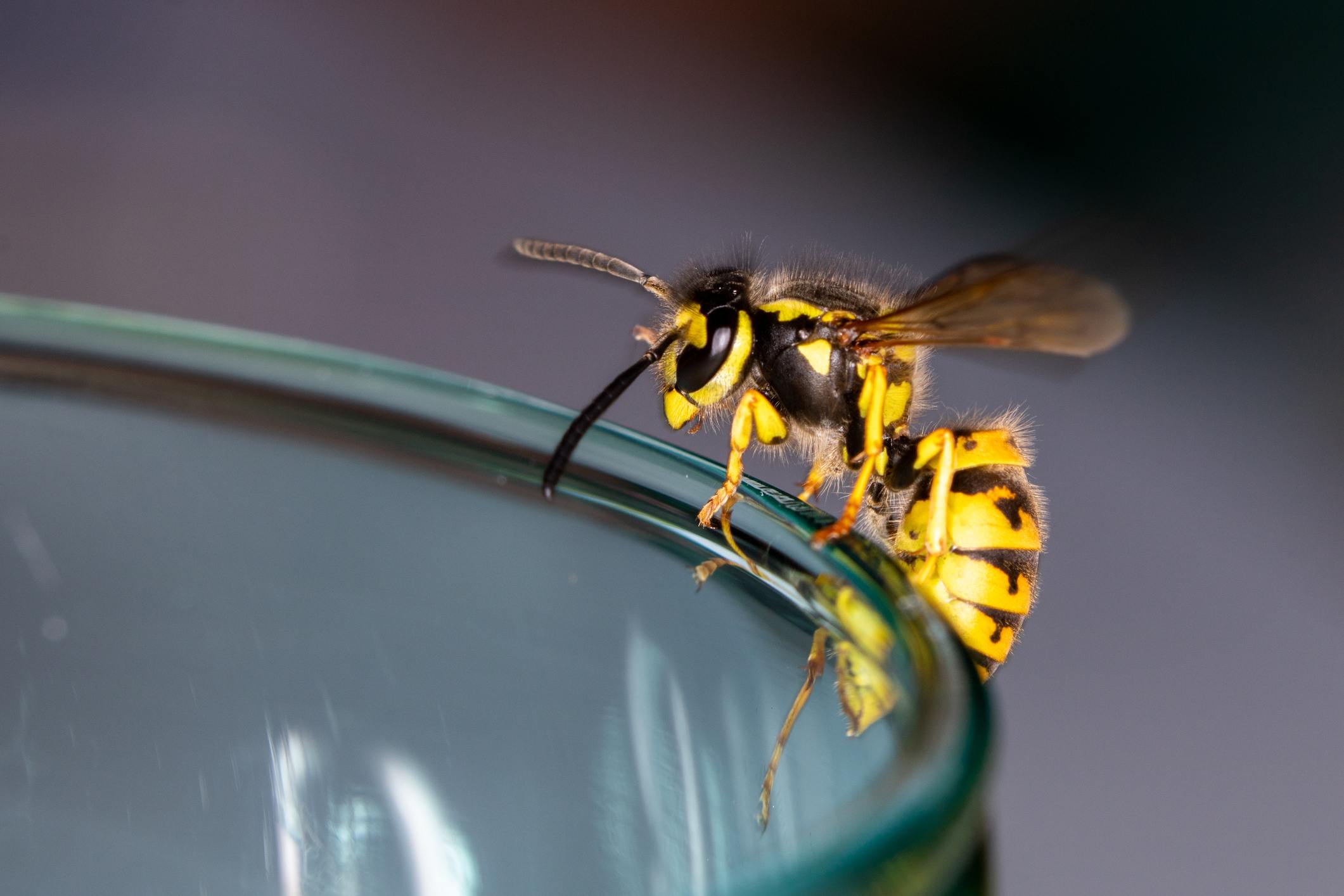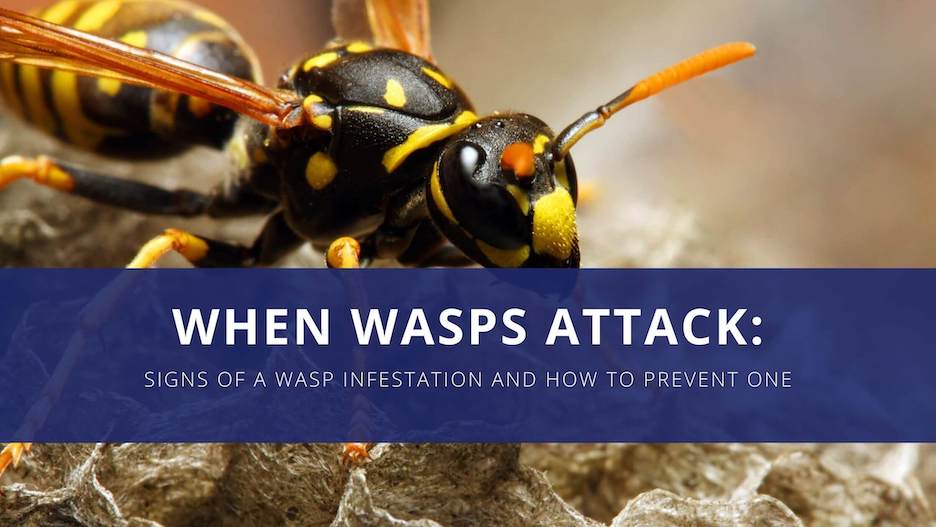Honeybees & Bumblebeesdeveloper2022-11-15T12:46:14-05:00
Honeybees & Bumblebees
HONEYBEES & BUMBLEBEES
Color: Generally yellow, orange, and/or black in color.
Characteristics: Unlike wasps and hornets, bees have furry bodies.
Size: Varies by species, but generally range from 1/2 of an inch to 1 inch long.
Potentially Dangerous: Bees are not as dangerous as wasps and hornets. However, they can be dangerous when provoked.
WHAT ARE BEES?
Typically, bees considered beneficial insects as they are pollinators of flowers and plants. They build their nests in trees, thick grass, or shrubs. Bees belong to the family Hymenoptera and are just a few of the stinging insects you can expect to come across throughout Wisconsin during mid-late summer.
Honeybees – Honeybees measure about 1/2 an inch to 5/8 of an inch long and are banded with orange and brown or black. They are mostly covered with pale hairs, especially on their thorax. They possess a barbed stinger which is lost in the victim when stung.
Bumblebees – Measuring 1/2 to 1 inch long, bumblebees are more full-bodied than honeybees. They have an overall ‘fuzzy’ appearance on the top of their abdomen and have broad bands of yellow and black. They also possess a barbed stinger, but they keep it when they sting their victim.
WHY DO I HAVE BEES?
There is really no specific reason you may have a bee nest on your property other than these insects are opportunistic builders and have found a safe haven to create their nest in your backyard. They may be attracted to your flower or vegetable garden as well, but you can still find a population of these insects in areas without obvious attractants.
WHY ARE BEES POTENTIALLY DANGEROUS?
Inherently, bees are primarily beneficial insects and are not aggressive. They will only sting if their lives or nest are in danger. When people say they are “stung by a bee” it is generally a wasp or hornet. However, some of these insects do have the capability to sting repeatedly, which can cause severe allergic reactions as well as Anaphylaxis in some people. Many people do not know if they have an allergy until they get a multitude of stings, which may cause serious swelling, redness, pain, and eventually shock.
HOW DO I GET RID OF BEES?
Because bees are beneficial insects, Wil-Kil recommends you work with a local beekeeper to relocate a nest rather than eliminate it. If there is imminent risk to you and your family or friends, Wil-Kil Pest Control can provide bee control services to preserve the safety of you and your family.
Never try to eliminate a nest on your own, you can put yourself and/or your family in serious danger. A pest control professional is the best way to get rid of bees because of their access to the tools and the knowledge needed to ensure they are removed from your property safely.
CAN I REMOVE BEEHIVES BY MYSELF?
No. Getting rid of bees is not a task you should handle on your own. DIY methods tend to be less effective, and, if handled incorrectly, can be very dangerous. The best and safest way for both you and the bees is to contact the professionals at Wil-Kil Pest Control in Eau Claire, Menomonee Falls, Appleton, or Milwaukee.
HOW SOON CAN YOU REMOVE BEEHIVES?
It is our goal at Wil-Kil Pest Control to assist you with your pest problem as quickly as possible. Our team wants to make sure that your bee problem is taken care of swiftly and safely and because of that, we will make every effort to be on your property to take care of your problem as soon as possible.
HOW CAN I PREVENT BEES IN THE FUTURE?
Unfortunately, there is very little you can do to avoid bees building their nests on your property. They build their nests randomly and there are no fool-proof deterrents to keep these insects from returning to your property. As soon as you become aware of a bee nest, the best thing you can do is contact us for immediate assistance.
Related Post From Our Blog
developer2023-02-08T11:37:54-05:00December 29th, 2022|0 Comments
Spotting a wasp around your home can be alarming, especially during the winter season. Running across a wasp can also be an indication of more in the area. Some wasps survive the colder months by [...]
developer2022-06-10T13:19:05-05:00August 11th, 2021|0 Comments
Wasps are among the most intimidating stinging insects to encounter. While many bees can only sting you once, wasps can sting multiple times. Stings are painful, and can even trigger an allergic reaction. When you [...]
developer2020-06-18T13:18:58-05:00June 10th, 2020|0 Comments
For many of us, the outdoors has become an escape from day-to-day life as we try to find a new normal with COVID-19. Warm weather combined with the need for social distancing also means that [...]






